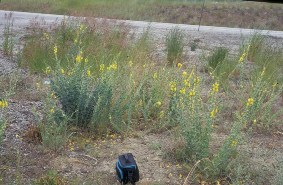Dalmatian toadflax identification and control
Linaria dalmatica spp. dalmatica

Dalmatian toadflax is a Class B Noxious Weed in Washington State and control is required on all properties and rights-of-way in King County. For information on noxious weed regulations and definitions, see Noxious weed lists and laws.
Dalmatian toadflax, called both Linaria dalmatica and Linaria genistifolia in the literature, is a close cousin of another European import named yellow toadflax or butter and eggs (Linaria vulgaris), that is widespread throughout North America. Yellow toadflax is smaller and has narrow, linear leaves instead of the wide, clasping, heart-shaped leaves of Dalmatian toadflax. Although both toadflaxes are noxious weeds in Washington, yellow toadflax is so widespread in King County that there is no requirement to control it. Dalmatian toadflax is much less common so control is required in King County.
History and impact
Identification and reproduction (see below for more photos)
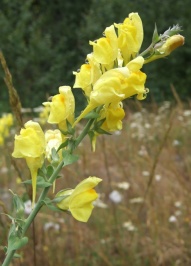
Dalmatian toadflax is a perennial with extensive roots that grows up to 3 feet tall and spreads by seed and lateral roots. The overall form of the plant is narrow and upright, with multiple stems growing from a single woody base.
Snapdragon-type flowers are bright yellow tinged with orange and are 1 to 1.5 inches long. Seed pods, flowers and flower buds are often present at the same time. Plants have a long flowering period, generally May to August. Mature plants can produce up to 500,000 seeds and seeds remain viable in the soil for up to 10 years.
The leaves are pale green, waxy-rubbery, dense, alternate, and heart-shaped; the upper leaves clasp the stem.
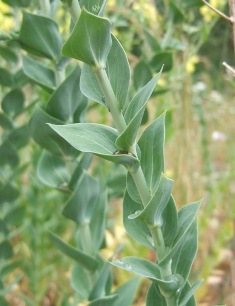
The vertical roots are large, rough, somewhat branching, and may extend down 6 feet or more. Long slender lateral roots branch from the vertical roots and may extend 10 feet or more, remaining close to the soil surface. Buds that develop on the lateral roots produce new shoots. Upper stems mostly die back each winter and new stems emerge from short prostrate stems and root crowns.
Control methods
Isolated plants can be dug up fairly effectively if the soil is not too hard or rocky. However, roots tend to break off and new shoots will re-sprout from any remaining lateral roots. Make sure to follow up at the site for at least a few years to watch for re-growth from the roots and emerging seedlings. If plants are in seed, carefully bag and cut off the stems before digging up the roots to minimize seed dispersal.
Mowing is not an effective control method for toadflax since it spreads by lateral roots as well as seeds. Seeds and root fragments are easily moved to un-infested sites on mowers and other equipment so make sure to clean equipment before moving to a new location.
Maintaining a healthy stand of grasses and other species will help prevent the spread of toadflax since it is most competitive in sparsely vegetated areas. Toadflax is not generally a problem in cultivated areas as regular tillage will control it.
Chemical control of toadflax can be difficult. The waxy leaves make it necessary to add and oil-based or silicon surfactant to the herbicide mix. Spraying should be done in late spring when plants begin to flower or in the fall before the plants die back. Wet all foliage thoroughly but not to the point of running off the plants. Specific herbicide rates and products can be found in the Pacific Northwest Weed Management Handbook.
Additional information on dalmatian toadflax
- King County Dalmatian Toadflax Best Management Practices (269 Kb)
- King County Dalmatian Toadflax Weed Alert (0.99 Mb)
- Washington State Noxious Weed Control Board (external link)
- Species Profile from USDA's National Invasive Species Information Center (external link)
- Biocontrol Information from Cornell University (external link - look for Dalmatian toadflax in the Table of Contents)
- Identification and control information from Lincoln County Weed Board (external link)
What to do if you find this plant in King County, Washington
Please notify us if you see Dalmatian toadflax growing in King County. Our program staff can provide the property owner or appropriate public agency with site-specific advice on how best to remove it. We map all known locations of regulated noxious weeds such as Dalmatian toadflax in order to help us and others locate new infestations in time to control them.
Dalmatian toadflax photos
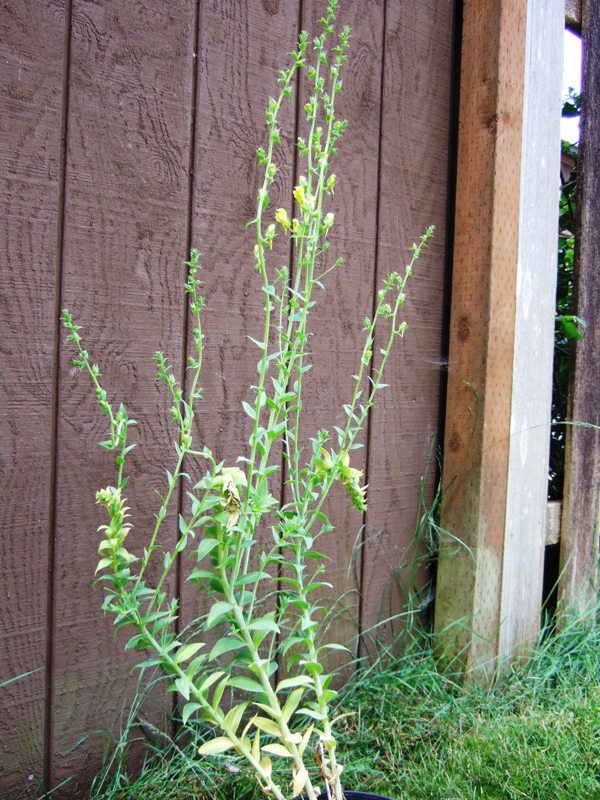
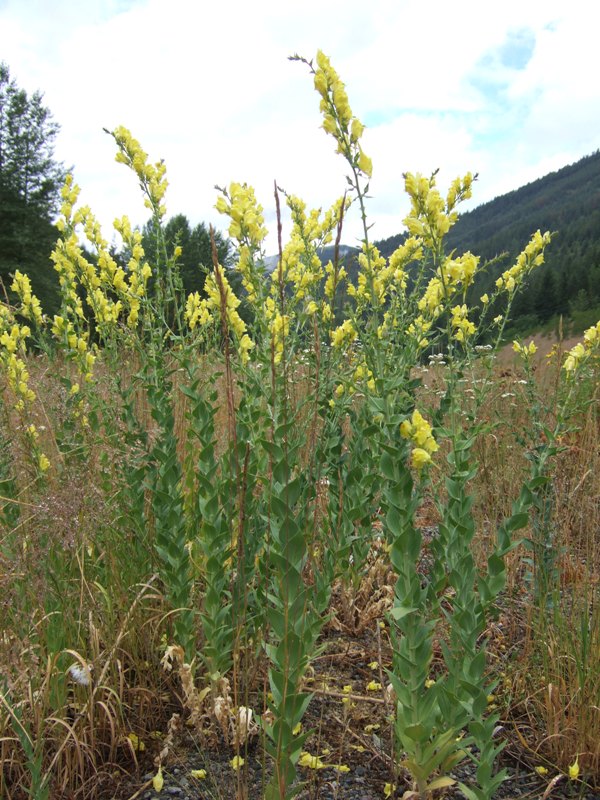
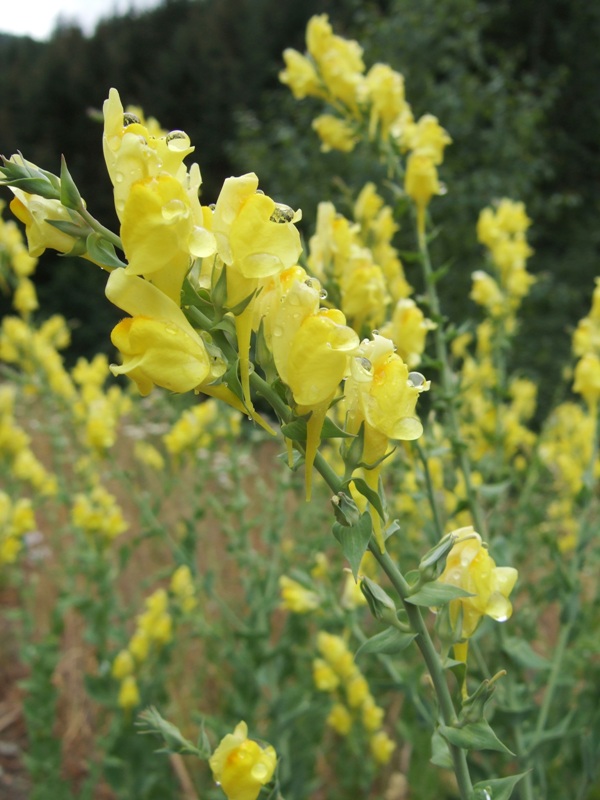
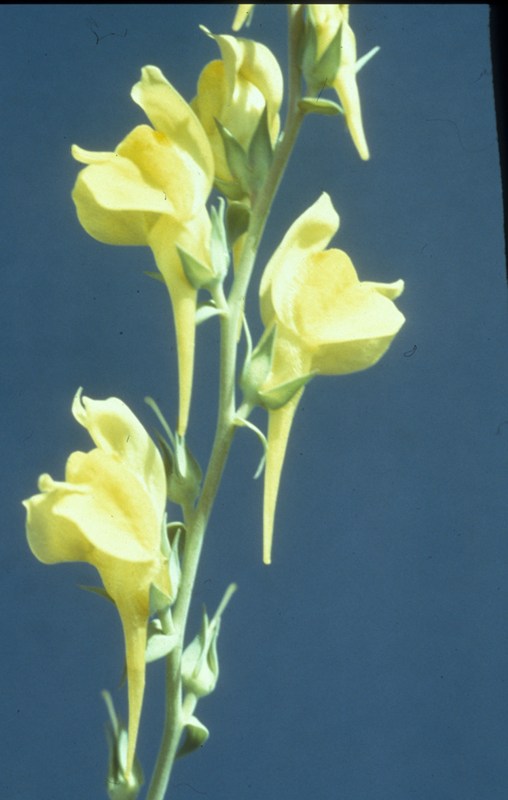
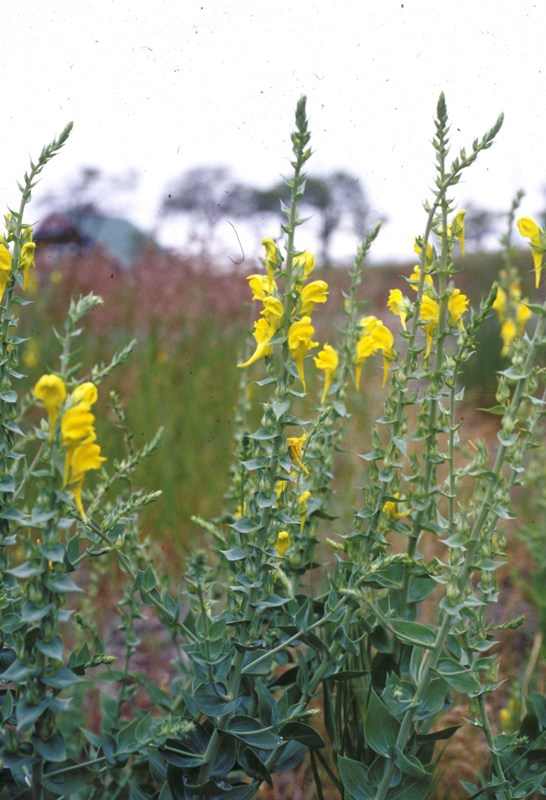
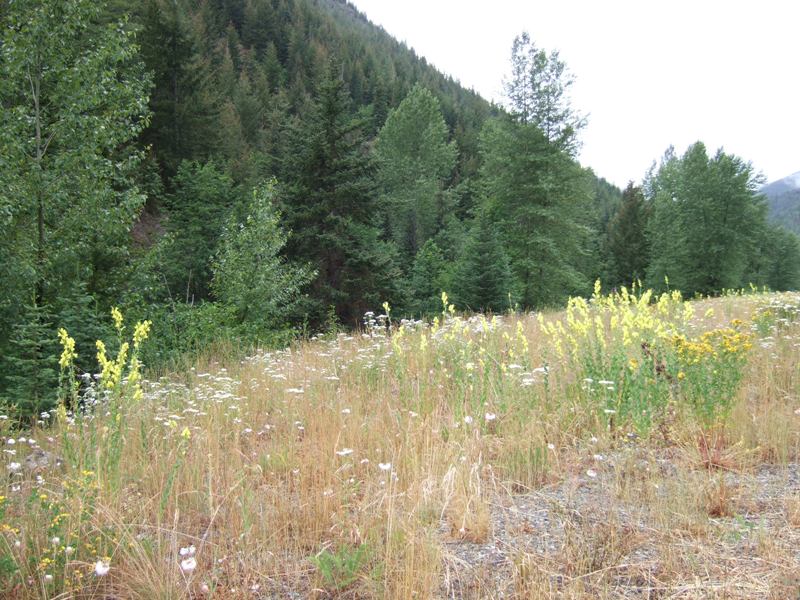
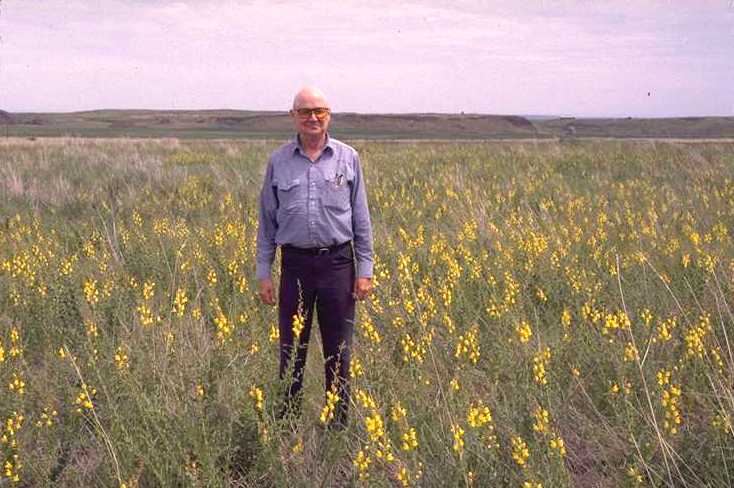
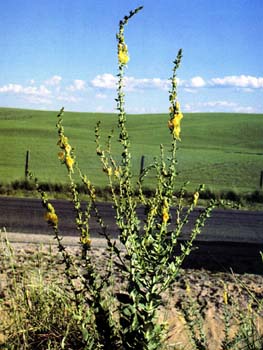
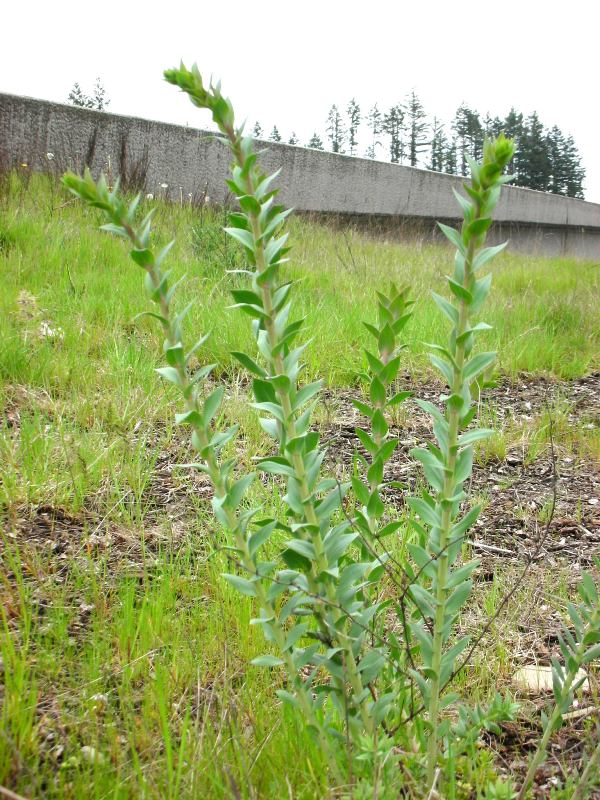
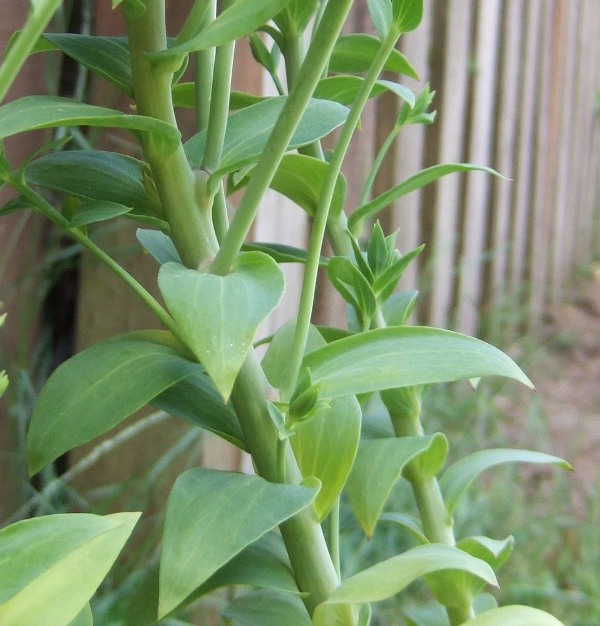
Report dalmatian toadflax in King County, Washington
- Please notify us through our online infestation form
Locate dalmatian toadflax in King County, Washington
- Use our interactive noxious weed map and search
for dalmatian toadflax
Related information
Related agencies
Program offices are located at 201 S. Jackson St., Suite 600, Seattle, WA 98104. To contact staff, see the Noxious Weed Control Program Directory, send an email, or call 206-477-WEED (206-477-9333).

 Translate
Translate
